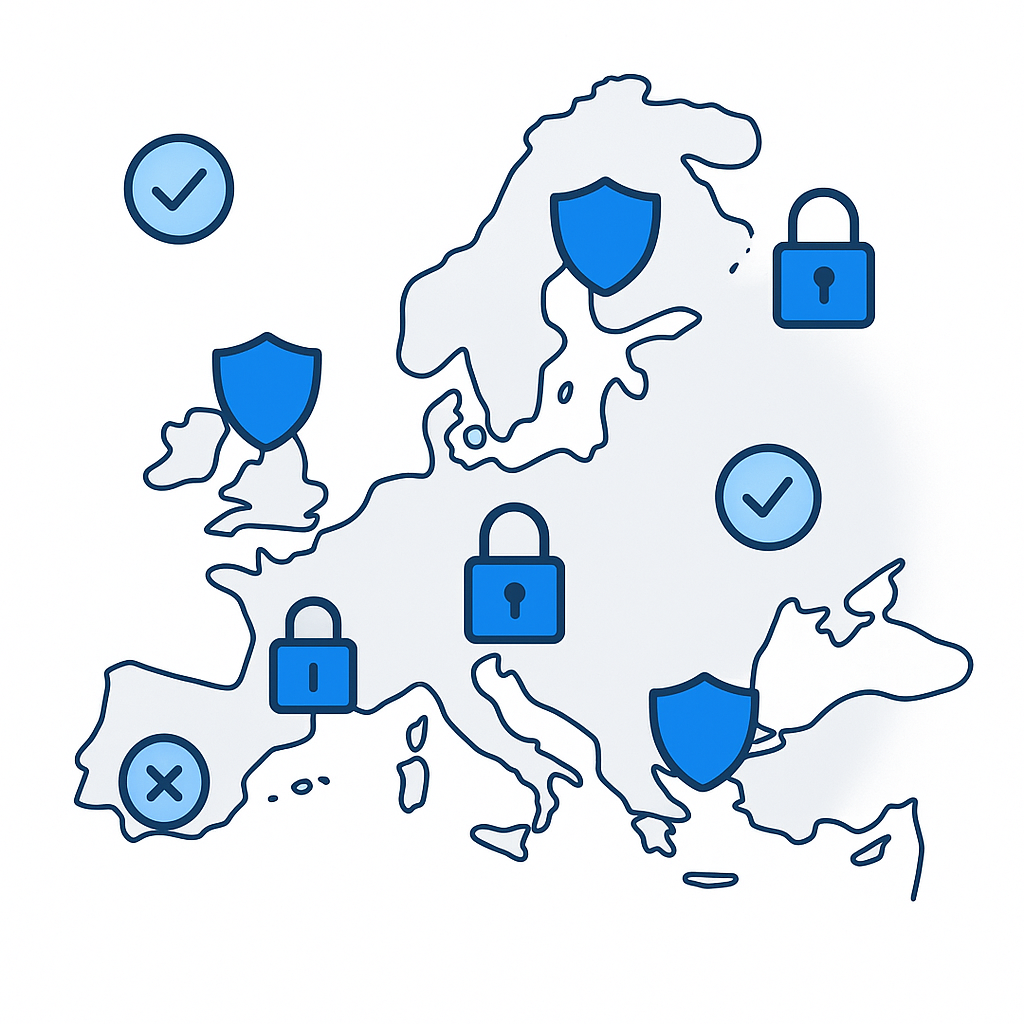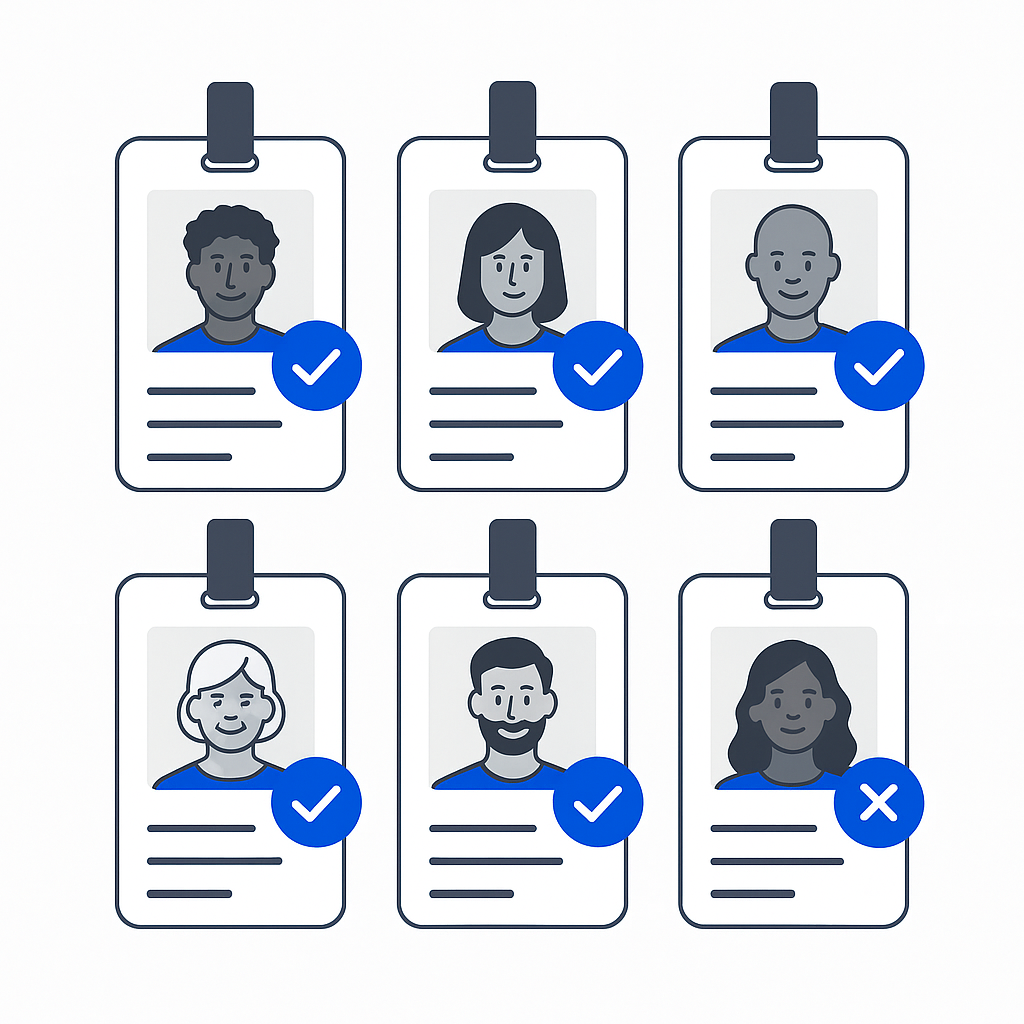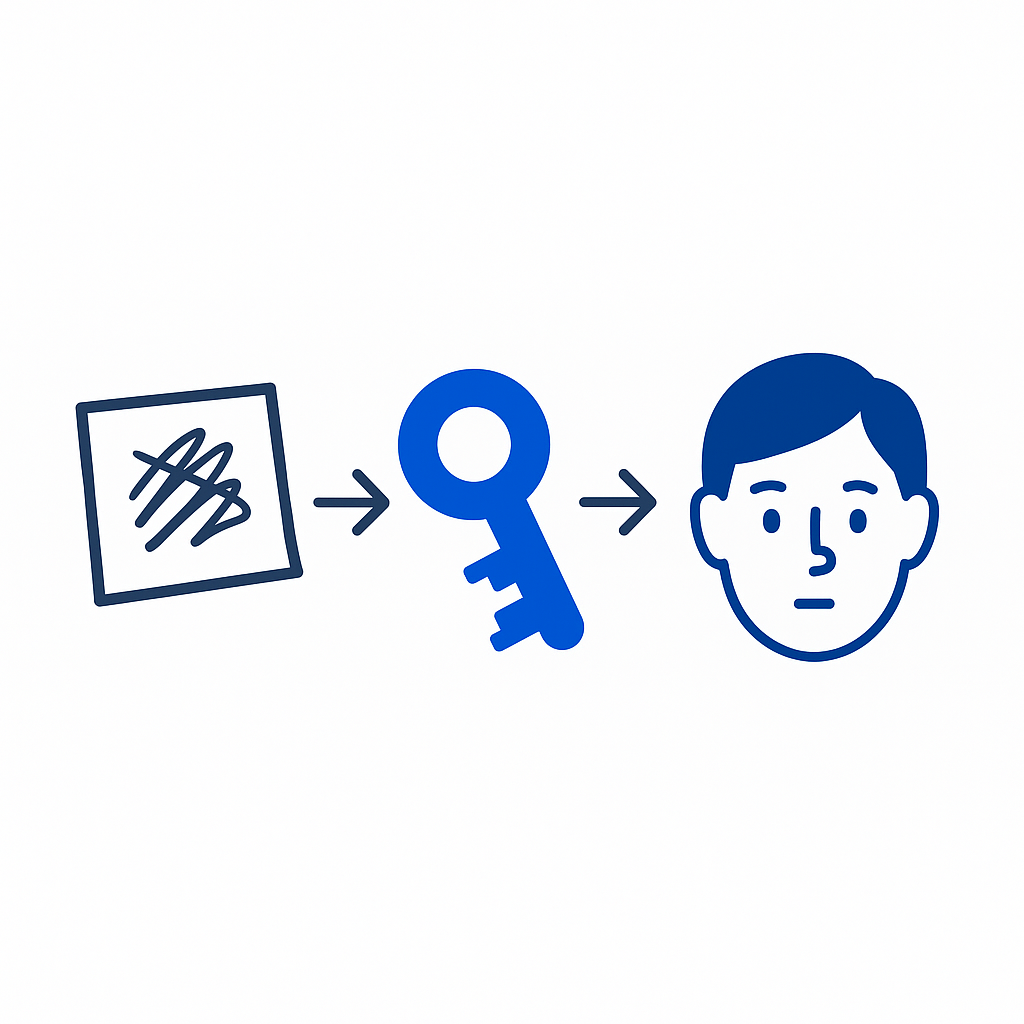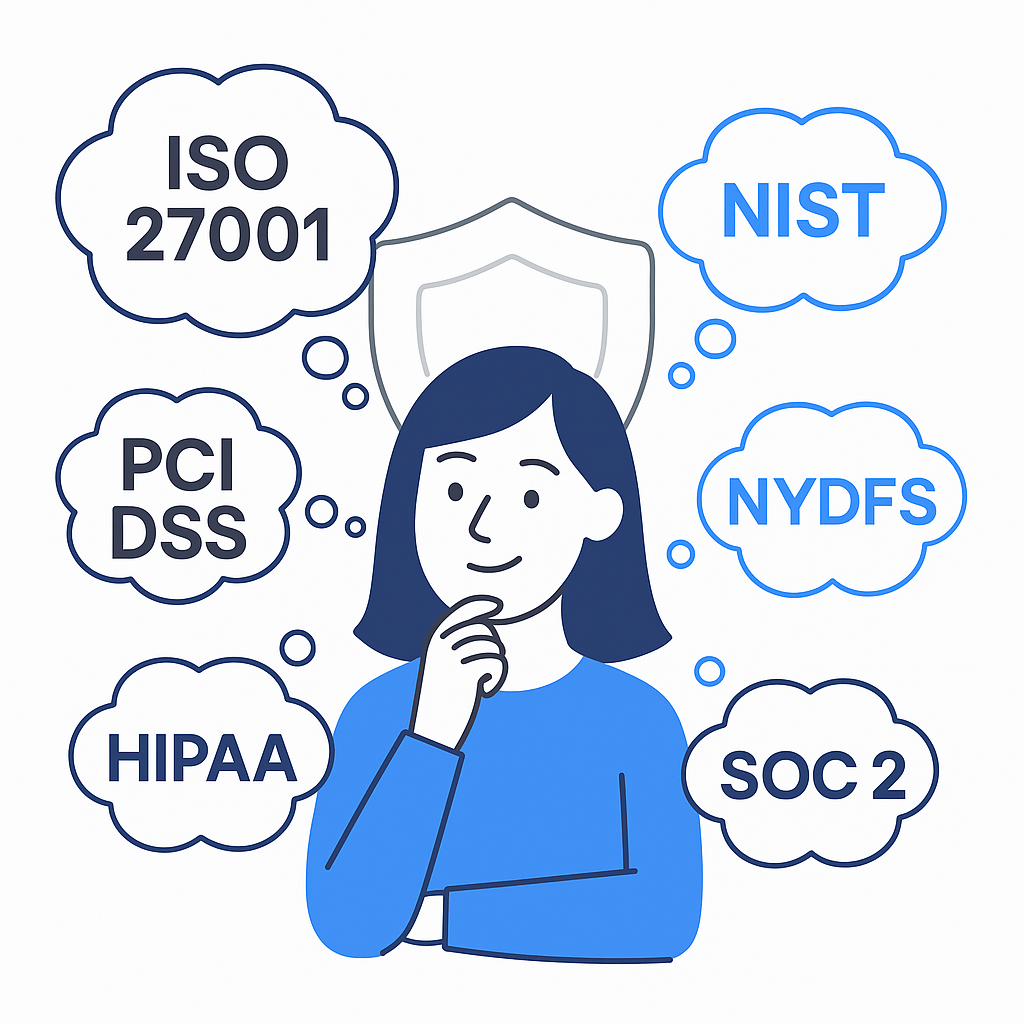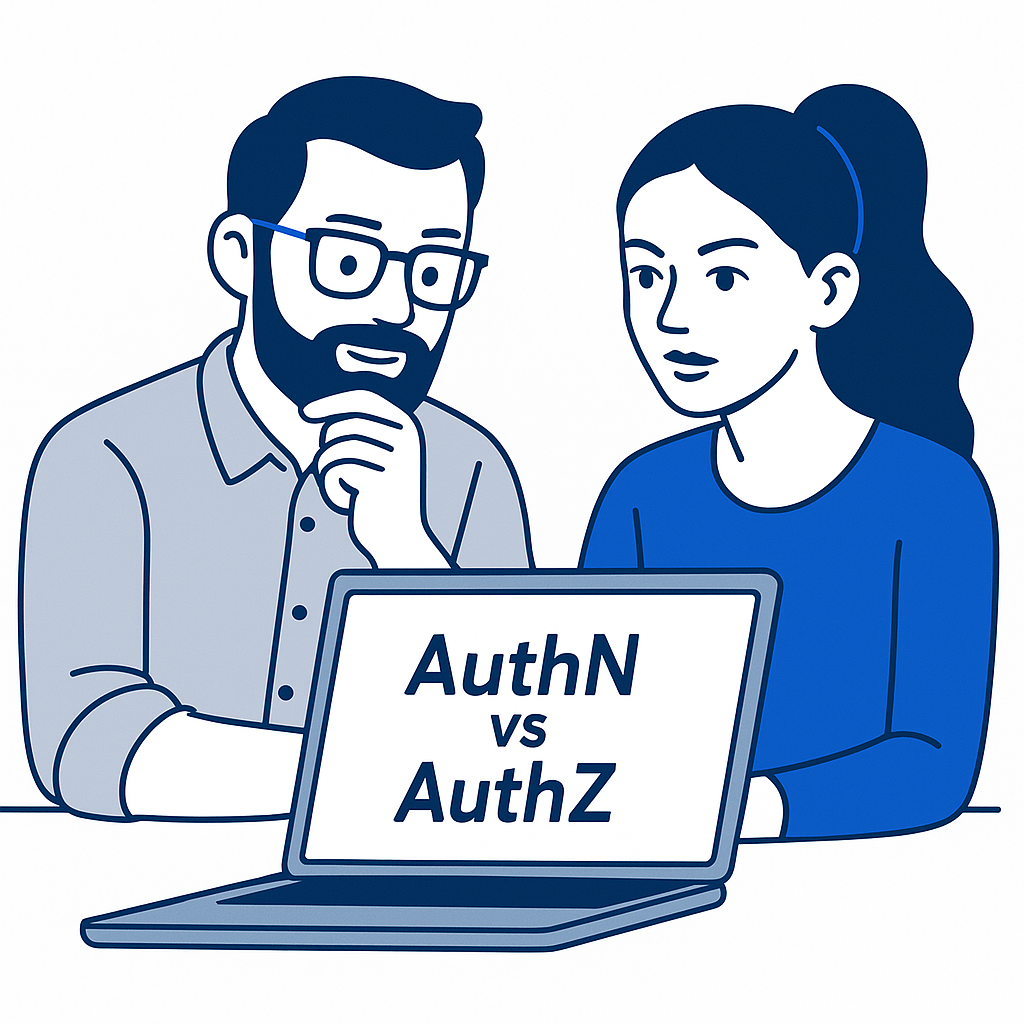Bringing order, visibility, and control to the growing chaos of non-human identities
Somewhere deep in your cloud environment right now, it’s possible a service account is still alive that shouldn’t be. It was spun up during a sprint two quarters ago, tied to a forgotten workflow, and quietly carries admin rights it doesn’t need. It has access to your data store at all times, like a ghost in the machine, which, technically, it is.
That’s the world we built. A world where non-human identities, like service accounts, automation scripts, CI/CD pipelines, and now AI agents, outnumber humans in most modern environments, all in the pursuit of cost efficiency, convenience, and the user experience.
Today, identity sprawl is more than a human problem. It’s a machine problem.
The Machines Have Outgrown the Humans
Every piece of automation, every bot, every ML pipeline, and every integration token all need credentials. Each credential is an access point, and each access point is a potential vulnerability. We built these systems to move faster than we could manage manually, but in doing so, we’re creating an ecosystem of digital entities operating faster, broader, and more autonomously than the humans who supposedly control them.
Machine identities don’t take coffee breaks. They don’t forget passwords. They don’t gossip around the water cooler. They also don’t read your governance policy or file a deprovisioning ticket when the project wraps. Left unchecked, they just keep the privileges they used to need: able to authenticate, transact, and often access sensitive data.
And with AI in the mix, the line between automation and autonomy is getting ever more blurry. Models now write code, launch jobs, and access production data. Tomorrow’s “service account” could be an AI agent that requests permissions dynamically and acts independently. If that doesn’t make your IAM hair stand on end, it should.
The Forgotten Problem of Forgotten Identities
We’ve spent years tightening human identity controls: MFA, SSO, PAM, and conditional access. We’ve mapped user journeys down to the last click. But service accounts? They’re IAM’s unfinished business.
They’re shared. They’re hardcoded. They’re immortal. And they often hold more privilege than anyone real in your org. That’s why roughly 80% of breaches now involve credentials [Verizon]. The attack surface isn’t growing; it’s replicating like bacteria in a warm petri dish. Invisible until it’s too late.
Many teams don’t even have a full inventory of their non-human identities. The sprawl is silent until it’s not. Until a token leaks in a public repo. Until an API key grants persistence long after the engineer who created it has left the company. Until “read-only” turns out to mean “read everything.”
This isn’t negligence, it’s complexity. Cloud architectures are dynamic, distributed, and constantly mutating. Traditional IAM tools were designed for HR-driven lifecycles, not transient workloads. You can’t govern what you can’t see, and most organizations can’t see half their machines.
When AI Joins the Org Chart
Now add AI to the mix. We’re seeing language models and autonomous agents with direct access to systems of record, CI pipelines, process automation flows, and ticketing platforms. These aren’t static service accounts, they’re interactive entities capable of requesting credentials, invoking APIs, and making policy decisions in real time.
That introduces a new governance challenge: how do you limit the access for something that can create its own logic? How do you apply least privilege when non-human identities are evolving faster than your review cycle?
AI may accelerate your operations, but it also accelerates the risk curve. Every agent, model, and training pipeline becomes part of the identity fabric. Without proper lifecycle control, it’s just another vector waiting to be exploited, or simply forgotten.
Governance at Machine Speed
Our platform [Trustle] treats human and non-human identities equally, not because machines deserve rights (not yet, anyway), but because they represent equal risk.
Access lifecycle management and automation provide a structured, policy-based approach for every identity in your environment, from engineers and contractors to APIs, containers, and AI agents. It’s not a patchwork of permissions; it’s a declarative governance model that scales at the same velocity as an organization's infrastructure, and that includes non-human identities.
Instead of static accounts lingering indefinitely, Trustle enforces ephemeral, just-in-time access. Permissions are granted only when needed and automatically expire when the job’s done. No tickets, no manual approvals, no lingering ghosts.
And because we integrate directly with collaboration tools like Slack and Teams, access requests happen in real time, right where people (and workflows) already operate. Machine identities can be governed with the same precision and transparency as humans, down to who (or what) requested what, why, and when.
The result? A single source of factual data for every identity, human or synthetic, across multiple cloud environments, with complete visibility into entitlements, activity, and compliance posture - and we believe this is essential for the future of non-human identities.
The Identity Perimeter Doesn’t Care Who You Are
Security teams are fond of saying, “Identity is the new perimeter.” But that perimeter doesn’t check for opposable thumbs. Bad Actors don’t care whether an access key belongs to an intern or an automation bot. They only care that it works.
International cybersecurity standards are beginning to wise up to the issue, and as our infrastructure shifts from human-managed to AI-augmented, our governance must evolve from manual to autonomous. Our aim is to provide the framework for that evolution, where policy and automation work hand in hand to keep pace with machine speed.
In the end, security isn’t just about trusting people. It’s about trusting processes. And when your processes can manage both humans and machines with equal rigor, you’ve built something stronger than trust.
You’ve built control.
































